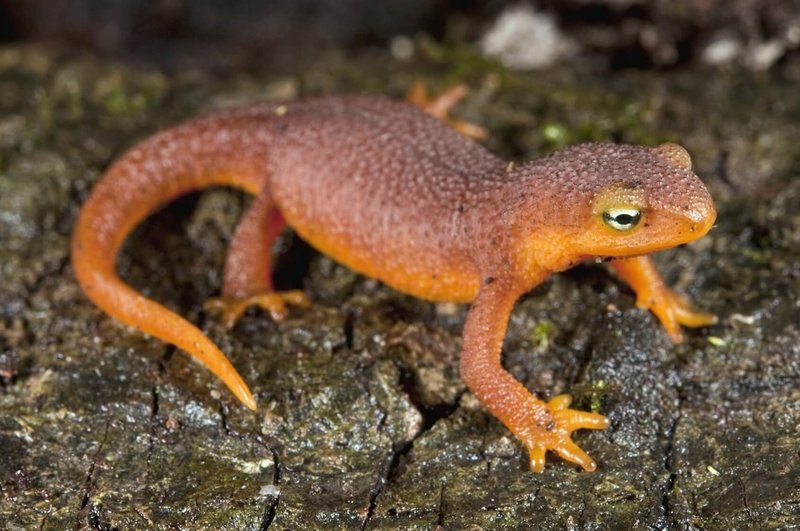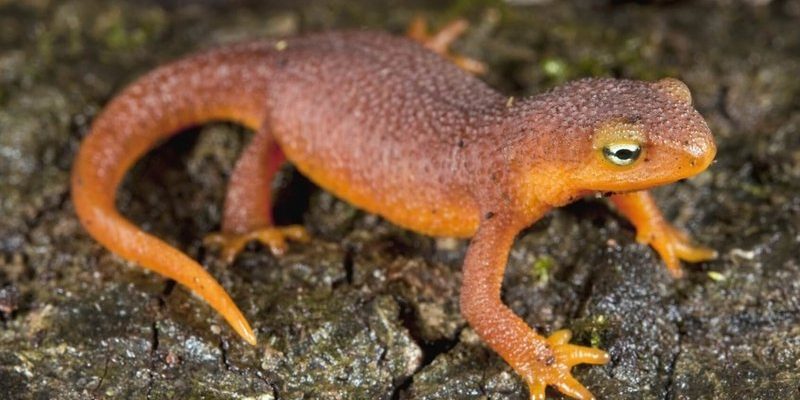
Newts are fascinating creatures that often get overshadowed by their flashier amphibian cousins, like frogs and salamanders. But rather than being part of the background, newts have their own unique role that is vital for maintaining biodiversity. Let’s dive into the world of newts and see just how crucial they are in their natural habitats.
Understanding Newts: A Brief Overview
Newts belong to the family of salamanders, and they’re often seen as the “teenagers” of amphibians. They go through various life stages, starting from eggs to tadpoles and eventually to adult forms. There are over 100 different species of newts, each adapted to its specific environment. These adaptations allow them to thrive in various habitats, from lush forests to quiet ponds.
Their life cycle is fascinating. Newts start their journey as tiny eggs laid in water. Once they hatch, the young newts, or *efts*, spend their early lives in aquatic environments. As they mature, they undergo a transformation that allows them to explore land, but many return to the water for breeding. This unique blend of aquatic and terrestrial life makes newts especially versatile in their ecosystems.
You might be wondering how these little guys fit into the food web. They are both predators and prey, which means their presence is crucial for the balance of their ecosystem. By eating insects, larvae, and other small organisms, newts help control populations, ensuring that no single species takes over.
The Newt’s Role as a Predator
One of the key roles newts play in their ecosystems is that of a predator. They feast on a variety of invertebrates such as insects, worms, and small crustaceans. By doing so, they help manage populations of these creatures. This predation is essential for keeping ecosystems in check and maintaining biodiversity.
Let’s take the example of a newt hunting for food in a pond. Imagine a vibrant environment teeming with insect life. As a newt swims through, it might snap up a mosquito larva or a dragonfly nymph in one swift motion. This not only provides the newt with much-needed sustenance but also prevents insect populations from exploding out of control. If the newts weren’t there, the pond could quickly become overrun with insects, which could disrupt the balance of the entire ecosystem.
Newts also serve as bioindicators. Their sensitivity to environmental changes means that fluctuations in their population can signal shifts in the ecosystem’s health. When newt numbers decline, it could indicate problems like pollution or habitat destruction. By monitoring these little amphibians, scientists can gain insights into the overall well-being of the ecosystem.
Newts as Prey: A Vital Link in the Food Chain
While newts are effective predators, they aren’t invulnerable. In fact, they’re a crucial food source for many animals, making them an integral part of the food chain. Birds, snakes, and even larger amphibians often snack on newts. This predator-prey relationship helps maintain a balanced ecosystem.
Let’s picture a serene forest near a pond. An unsuspecting newt might be basking in the sun when a hungry heron swoops down. This scene illustrates the balance of life in the ecosystem. Each creature plays its part, and newts help keep populations of their predators in check, while also supporting the health of their own species.
Furthermore, many species of newts possess toxic skin secretions to deter predators. These toxins can serve as an effective defensive mechanism, helping ensure some individuals survive long enough to reproduce. This not only aids in the population’s stability but also keeps the balance of the food chain intact.
The Importance of Habitat for Newts
Newts thrive in specific habitats, often preferring cool, moist environments with access to clean water. These areas are crucial for breeding, feeding, and hiding from predators. The condition of their habitat plays a significant role in their survival and overall health.
Imagine a pond surrounded by lush vegetation. This environment not only serves as a home for newts but also supports various other organisms. When habitats are healthy, they promote biodiversity, creating a rich tapestry of life. However, habitat destruction due to human activity, pollution, or climate change poses serious threats to newt populations. Protecting and restoring these environments is essential for ensuring their existence.
Additionally, newts require both aquatic and terrestrial habitats throughout their life cycles. While they lay eggs in water, adults also need land areas for foraging and shelter. Ensuring that both of these environments are preserved is crucial for their survival.
Newts and Their Role in Ecosystem Services
Newts might be small, but they contribute significantly to ecosystem services. By controlling insect populations, newts can help reduce pest outbreaks that can affect plant life and crop health. This, in turn, benefits other animals that rely on plants for food and habitat.
Another essential service provided by newts is nutrient cycling. As they consume organic matter and excrete waste, they contribute to nutrient recycling within their ecosystems. This process is vital for plant growth, which supports the entire food web. The more diverse the food web, the more resilient the ecosystem can be in the face of environmental changes.
Let’s consider a forest where newts thrive. Their activity helps maintain healthy soil and plant communities, creating a vibrant landscape that supports a wide range of wildlife. In this way, newts act as unsung heroes, quietly working behind the scenes to keep their ecosystems thriving.
Conservation Efforts for Newt Populations
Despite their importance, many newt populations face significant threats from habitat loss, pollution, and climate change. Conservation efforts are crucial to ensuring these unique creatures can continue fulfilling their role in ecosystems.
Many organizations are working to raise awareness about the threats newts face and to promote habitat restoration. Simple actions, like creating new ponds or restoring wetlands, can make a significant difference in protecting these amphibians. Additionally, community involvement in local conservation projects can help foster appreciation for these creatures and their ecological importance.
Local governments and agencies also play a role in protecting newt habitats. Regulations that limit pollution and encourage sustainable land use practices can help safeguard the environments in which newts live. Supporting such initiatives is vital for the future of these amphibians.
The Fascinating Future of Newts
The future of newts is uncertain, but there is hope. With ongoing conservation efforts and increased public awareness, we can work towards protecting these unique amphibians. Understanding their role in ecosystems is the first step in ensuring they thrive for generations to come.
As we continue to learn more about newts, it’s clear that they are more than just pretty creatures in our ponds. They are essential players in maintaining the health and balance of the ecosystems they inhabit. So the next time you see a newt, take a moment to appreciate the vital role it plays in its environment. These little amphibians remind us of the interconnectedness of life and the importance of protecting our natural world.
In conclusion, newts exemplify the beauty and complexity of nature. They show us how interconnected we all are and how every small creature has its own unique role. As we strive to protect our planet, let’s remember to look out for these incredible amphibians and the ecosystems they help sustain.

